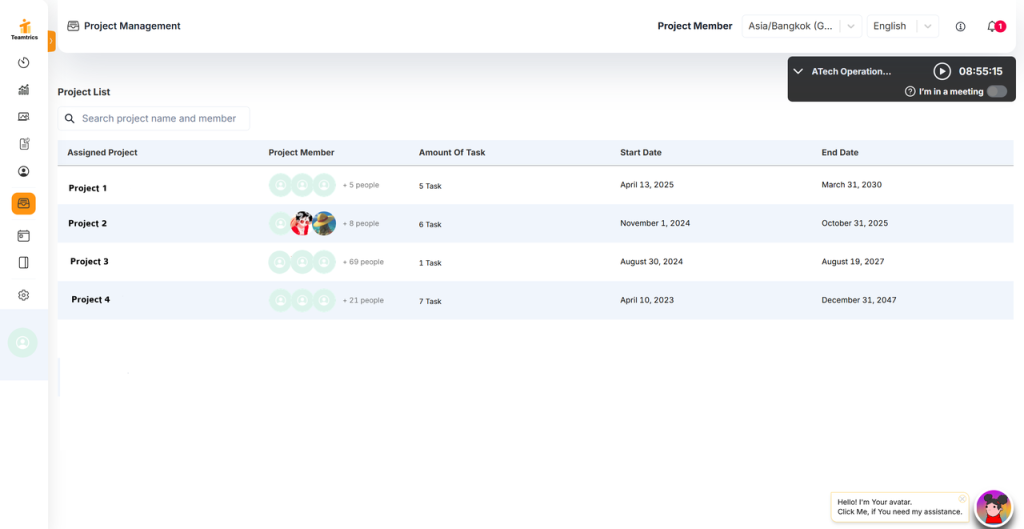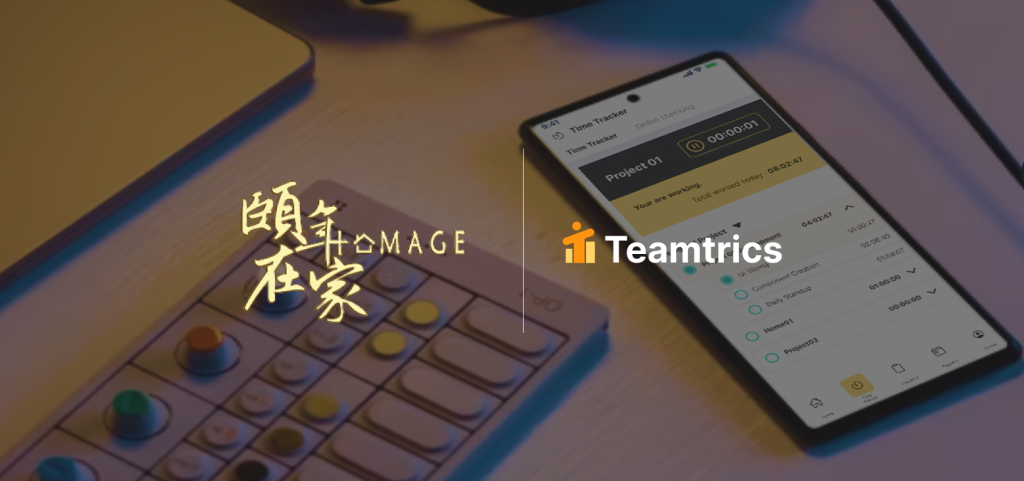Struggling to manage remote teams without resorting to micromanagement? You’re not alone. Many companies transitioning to WFA, hybrid, or fully remote work environments are rethinking how to maintain performance while respecting employee autonomy. In this guide, we break down why micromanagement fails, how to replace it with project tracking software, and what a successful DevOps-inspired workflow looks like in remote-first setups. You’ll discover how platforms like Like Teamtrics AI Feedback from the consolidated data to create sustainable productivity. Say goodbye to burnout and hello to a better way of working—because the future of work is flexible, ethical, and empowering.
Why Micromanagement Doesn’t Work in Remote Teams
Micromanagement in remote teams often leads to low morale, decreased trust, and burnout. Managers may overcompensate for the lack of physical visibility by overchecking tasks, holding frequent check-ins, or tracking every minute of work. But such practices are unsustainable and counterproductive in WFH or WFA environments. Instead, teams need systems that enable visibility without intrusion.

What Is Micromanagement and Why It Happens in Remote Teams
Micromanagement is a management style where leaders excessively control or closely observe their employees. In remote setups, this often stems from uncertainty or lack of visibility into performance. Without proper project tracking software or real-time dashboards, managers may feel compelled to overstep.

Signs of a Micromanaged Remote Team
If your team feels anxious about status updates, experiences frequent check-ins with no clear outcomes, or lacks autonomy, micromanagement may be the cause. Warning signs include reduced innovation, high turnover, and declining productivity. Instead of fostering growth, micromanagement instills fear and stagnates collaboration.

Empowerment Over Control: Teamtrics’ Approach to Remote Management
Teamtrics redefines remote project management by emphasizing empowerment through visibility—not control. Its time tracking system includes manual pause features to reduce pressure, and its AI delivers actionable insights on team capacity and performance. This encourages ethical HR practices while aligning workloads with team well-being.

5 Tips to Avoid Micromanaging Remote Teams
- Reduce unnecessary meetings to preserve focus and avoid fatigue.
- Use smart project tracking tools like Teamtrics to gain real-time insight into task progress.
- Respect productivity rhythms by allowing flexible schedules.
- Apply resource smoothing during capacity planning to balance workloads.
- Match tasks with skills and interests to boost engagement and creativity.
What an Effective Remote Work Program Looks Like
A well-designed WFA program is grounded in transparency, asynchronous communication, and trust. Tools like Teamtrics offer customizable workflows, third party integration, and sprint tracking to facilitate productivity. By emphasizing well-being and data ethics, remote teams thrive without constant oversight.

Costly Mistakes to Avoid When Managing Remotely
Avoid relying solely on time-tracking apps with no wellness insights, or scheduling excessive syncs. Overusing Slack or emails can also backfire. Instead, prioritize platforms that integrate performance reviews, HR onboarding, and project management into one AI-powered system.
Summary
Micromanaging isn’t the answer to remote productivity. With tools like Teamtrics, combining DevOps-style workflows, CRM system integration, and AI-powered project tracking. You can create a remote work environment that fosters both engagement and efficiency. Instead of controlling your team, support them. From sprint planning to performance reviews, it’s time to shift from surveillance to strategy and from burnout to balance.

Learn more on how your team is able to stay productive without micromanaging
FAQ
- What is the best way to start managing a remote team without micromanaging?
Start by setting clear goals and KPIs. Use tools like Teamtrics to record productivity progress ethically and transparently. Replace check-ins with dashboards and encourage asynchronous updates. Empower employees to manage their own time and focus on outcomes, not hours. - How do I choose the right remote project management software for my team?
Look for platforms with time tracking, sprint planning, CRM integration, and capacity tools—all in one. Ensure the software supports WFA flexibility and employee wellness, like Teamtrics, which uses AI to provide personalized and actionable insights.


















